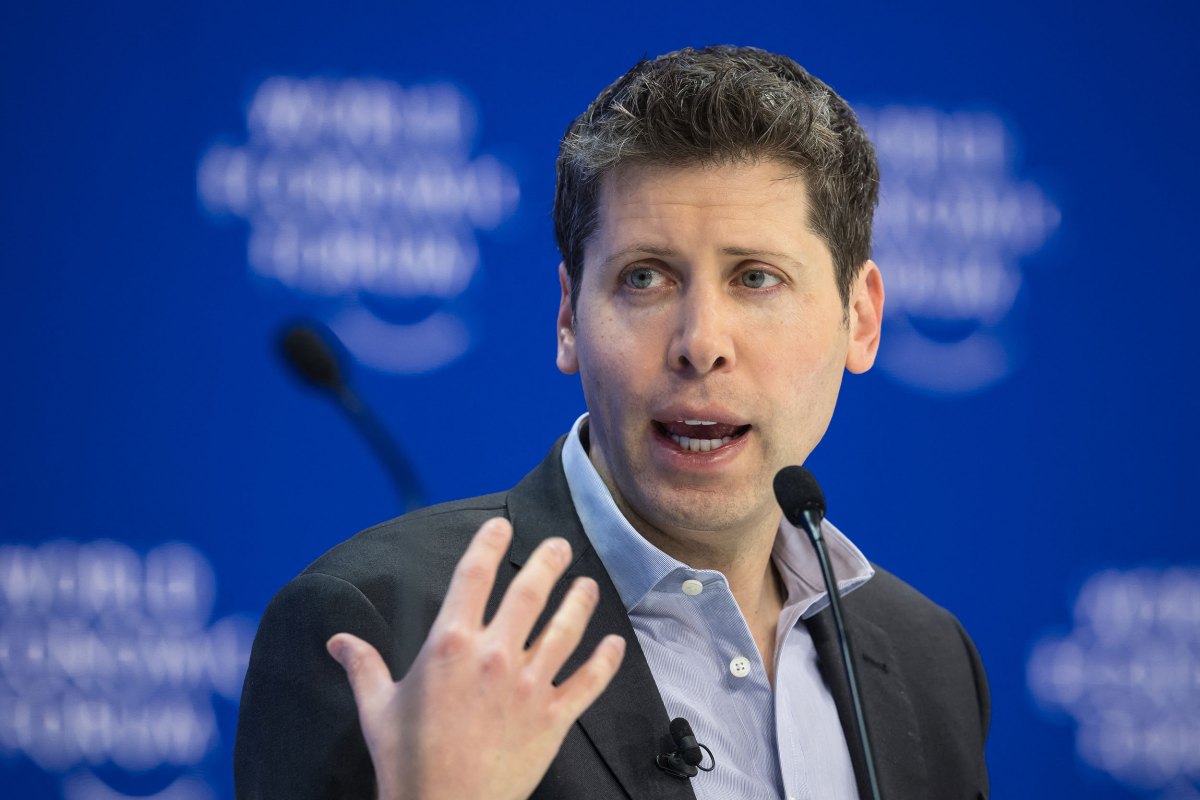Former OpenAI Policy Head Slams Company for ‘Revising’ AI Safety History
OpenAI has recently faced scrutiny from a prominent former policy researcher, Miles Brundage, who publicly criticized the organization for allegedly “rewriting the history” of its approach to deploying potentially risky AI systems. This criticism emerged following OpenAI’s release of a new document detailing its philosophy on AI safety and alignment.
OpenAI’s New AI Safety Philosophy
This week, OpenAI published a document that outlines its current philosophy regarding AI safety and alignment. The document emphasizes that the development of Artificial General Intelligence (AGI)—defined as AI systems capable of performing any human task—should be viewed as a “continuous path.” This perspective necessitates a strategy of iterative deployment and learning from AI technologies.
According to OpenAI, “In a discontinuous world […] safety lessons come from treating the systems of today with outsized caution relative to their apparent power,” referencing their earlier model, GPT-2. The organization stated that the first AGI is merely one point in an evolving series of systems that will gradually increase in usefulness.
Brundage’s Critique of OpenAI’s Historical Narrative
Miles Brundage, who was deeply involved in the release of GPT-2 during his time at OpenAI, argues that the caution exercised at the time of GPT-2’s release was entirely justified and aligns with OpenAI’s current philosophy of iterative deployment.
- Brundage emphasizes that GPT-2’s release was done incrementally, allowing for lessons to be shared at each stage.
- Many security experts acknowledged and appreciated the caution taken during the model’s rollout.
Brundage stated in a post on X, “The model was released incrementally, with lessons shared at each step. Many security experts at the time thanked us for this caution.” He believes that the approach taken during GPT-2’s deployment is consistent with OpenAI’s ongoing strategy.
The Journey of GPT-2
Announced in 2019, GPT-2 served as a precursor to the AI systems that now power platforms like ChatGPT. The model was capable of answering questions, summarizing articles, and generating human-like text, marking a significant advancement in AI technology at the time.
Initially, OpenAI refrained from releasing GPT-2’s full source code, citing concerns over potential malicious use. Instead, they provided selected news outlets with limited access to a demonstration of the model. This decision elicited mixed reactions within the AI community, with some experts arguing that the perceived risks were exaggerated.
OpenAI’s Evolving Strategy and Future Concerns
As pressures from global competitors, such as DeepSeek, intensify, OpenAI has faced accusations of prioritizing rapid product releases over safety. The organization’s CEO, Sam Altman, has acknowledged that the competitive landscape has narrowed OpenAI’s technological lead.
- In 2022, OpenAI disbanded its AGI readiness team, leading to the departure of several AI safety and policy researchers.
- The company’s financial situation has become precarious, with projected annual losses set to reach $14 billion by 2026.
Brundage warns that the current narrative being pushed by OpenAI regarding its release strategy could lead to dangerous consequences, arguing that a mindset requiring overwhelming evidence of imminent dangers before taking action is “very dangerous” for advanced AI systems.
In conclusion, as the debate over the safe deployment of AI technologies continues, the insights from industry experts like Brundage are crucial for understanding the balance between innovation and safety. For more information on AI safety, you can visit AI for All.







